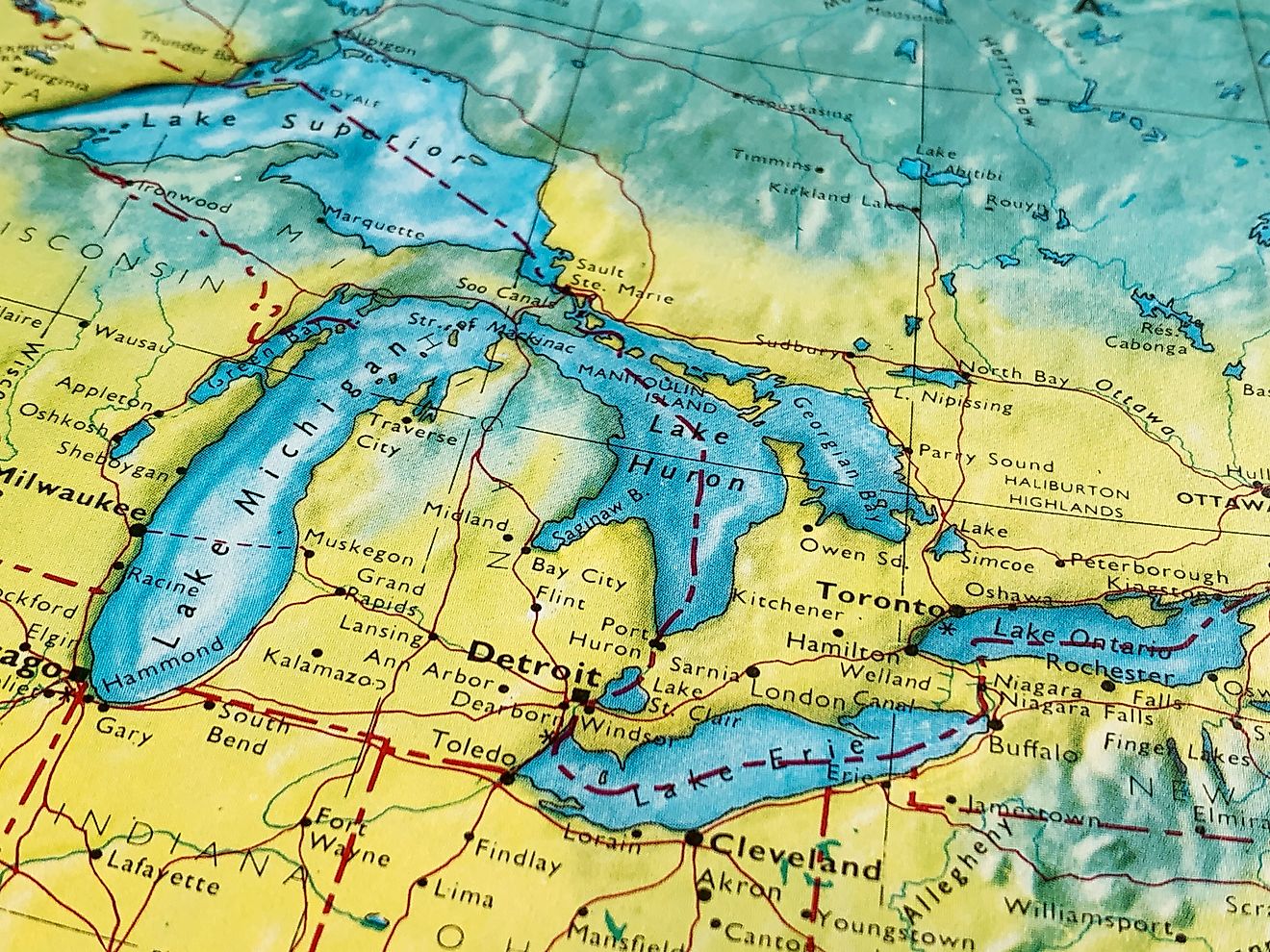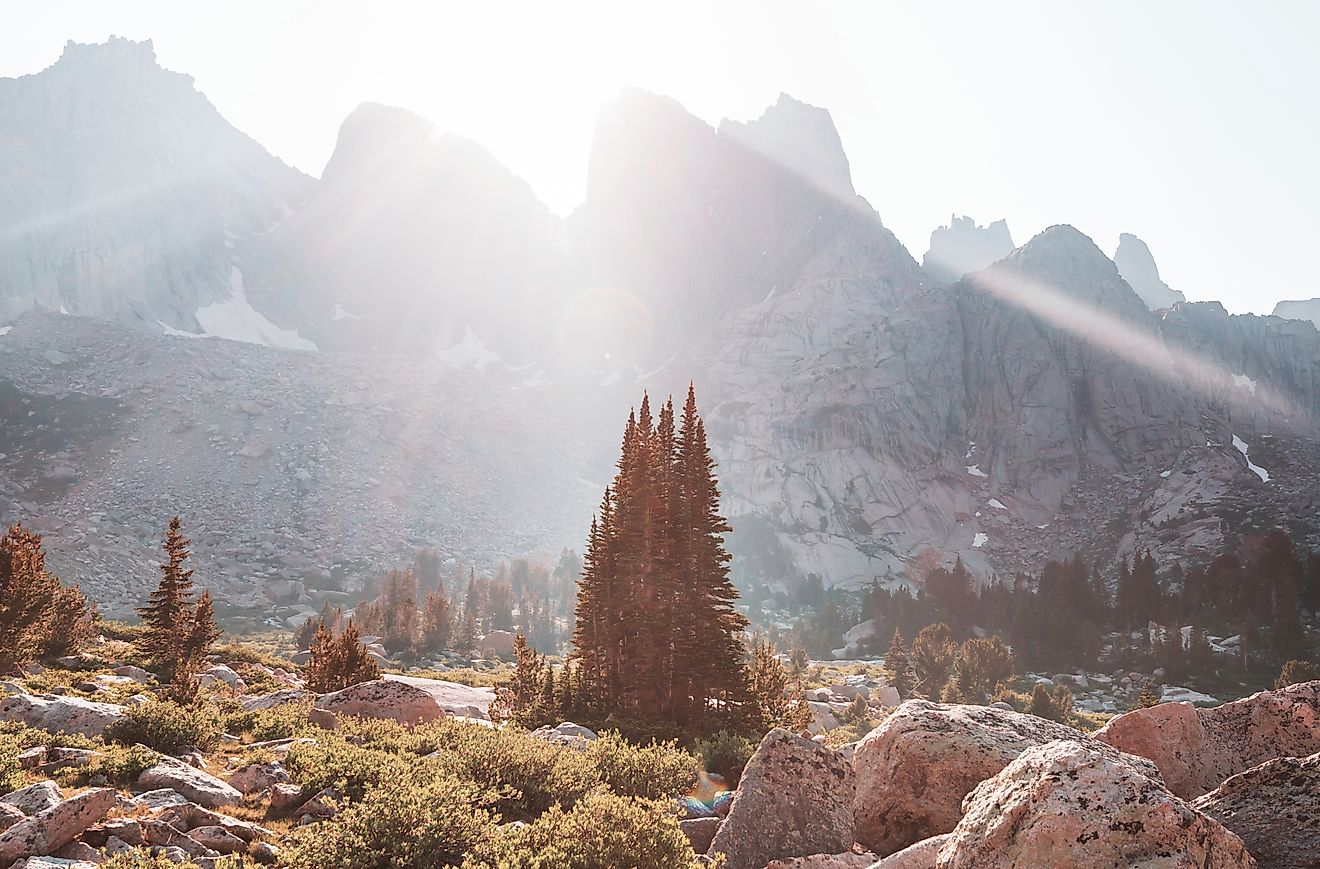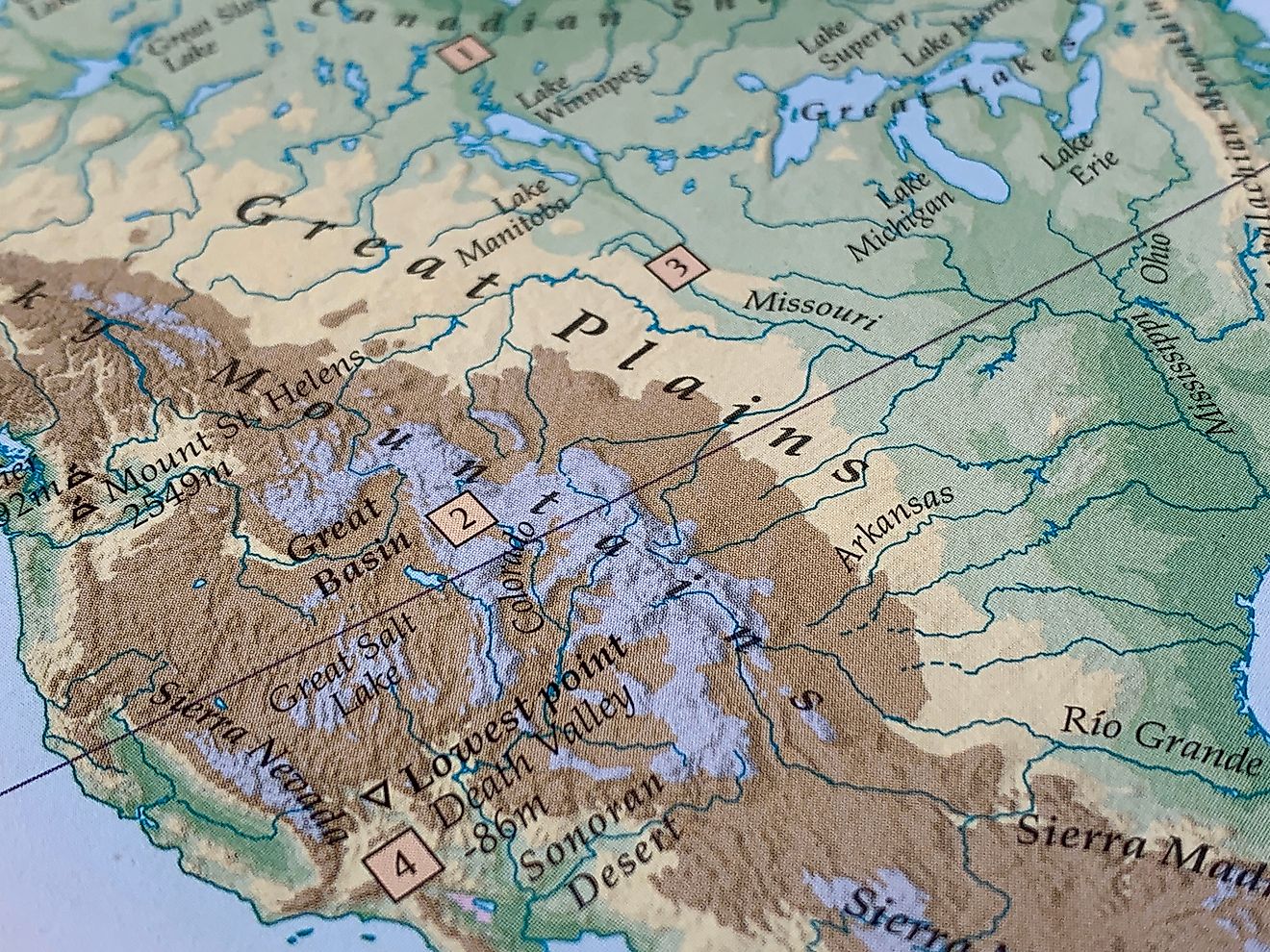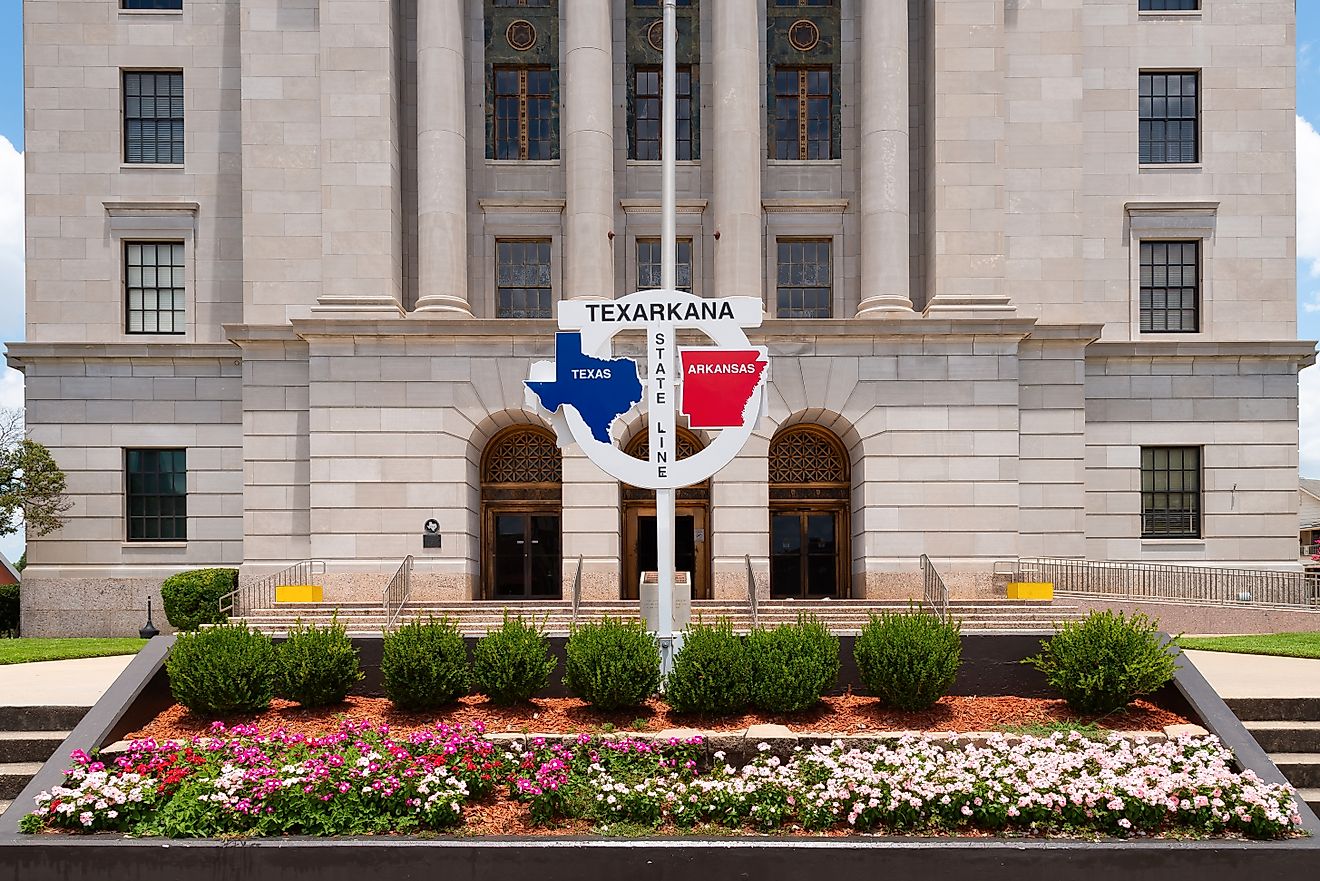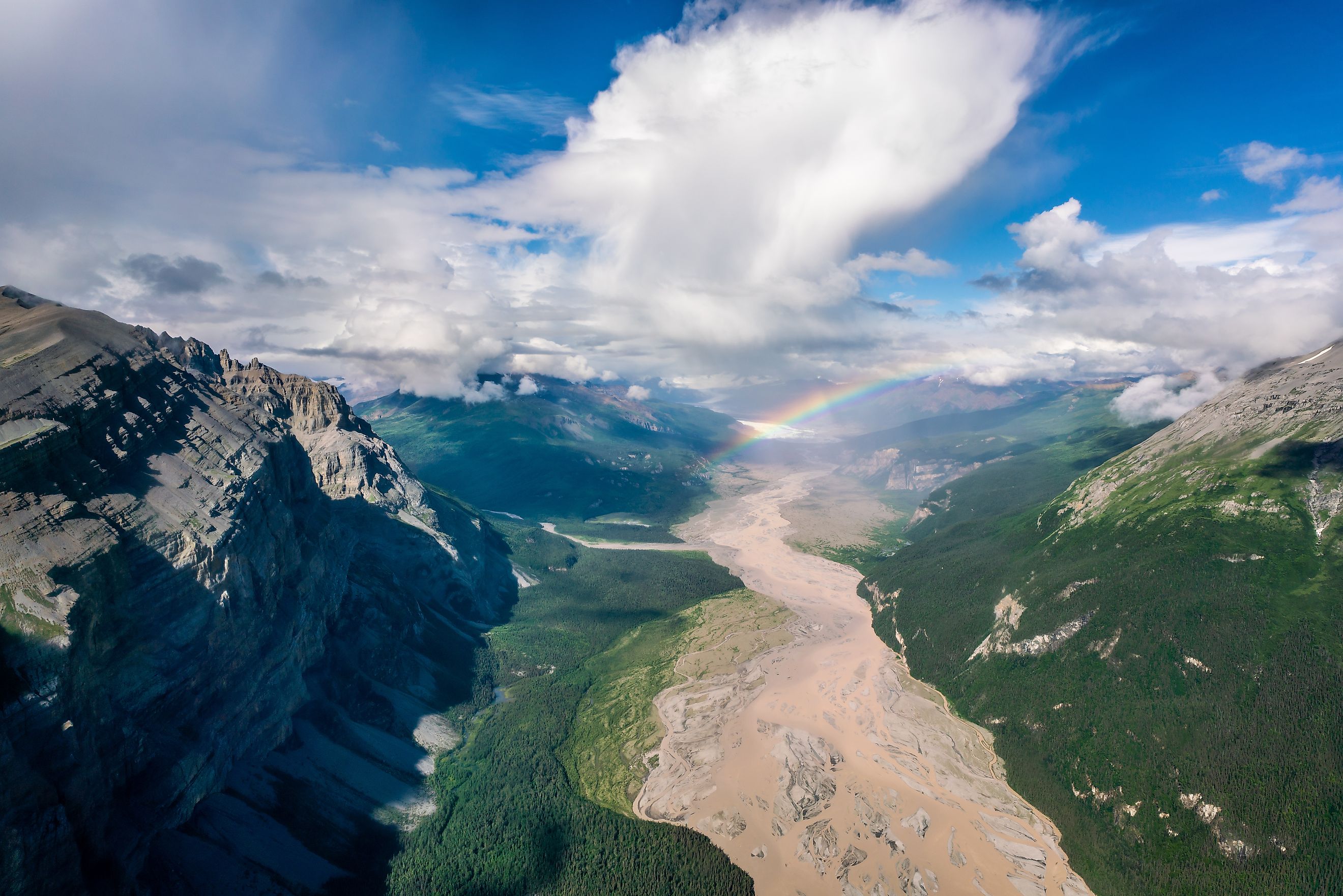
The 5 Largest National Parks In The United States
There’s something undeniably awe-inspiring about the sheer scale of America’s largest national parks. These are not just places to visit—they’re sprawling, untamed landscapes that challenge the limits of human exploration. Covering millions of acres, these parks protect everything from towering mountain ranges and endless glaciers to remote rivers and ancient forests. They are places where nature still reigns supreme, where wildlife thrives undisturbed, and where adventurers can lose themselves in the vastness of the wild. Whether you’re drawn to Alaska’s icy peaks or the dramatic scenery of the American frontier, these five colossal national parks stand as testaments to the raw, unfiltered beauty of the natural world.
Wrangell-St. Elias National Park & Preserve, Alaska—13.2 Million Acres
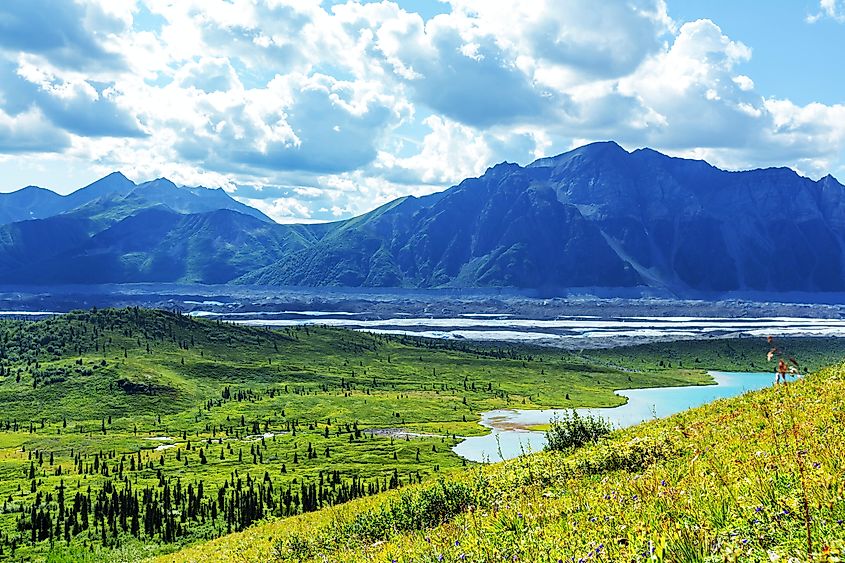
Wrangell-St. Elias National Park and Preserve, Alaska.
The undisputed titan of America’s national parks, Wrangell-St. Elias in Alaska is a land of extremes. Encompassing an area larger than Yellowstone, Yosemite, and Switzerland combined, this park is a realm of towering mountains, sprawling glaciers, and immense volcanic fields.
One of the most striking features of Wrangell-St. Elias is Mount Saint Elias, which rises to an astonishing 18,008 feet. The park is also home to the Wrangell Volcanic Field, where thousands of lava flows have created a dynamic and ever-changing landscape. Despite its massive size, this park remains largely untouched by human activity, making it one of the most remote and pristine wilderness areas in North America.
The park’s glacial coverage is immense, with over a quarter of its land cloaked in ice. These glaciers feed into rivers and lakes, shaping the rugged terrain and providing vital habitats for diverse wildlife, including grizzly bears, moose, and mountain goats. For those seeking adventure, Wrangell-St. Elias offers endless opportunities for mountaineering, backpacking, and backcountry camping.
Gates of The Arctic National Park & Preserve, Alaska—8.5 Million Acres
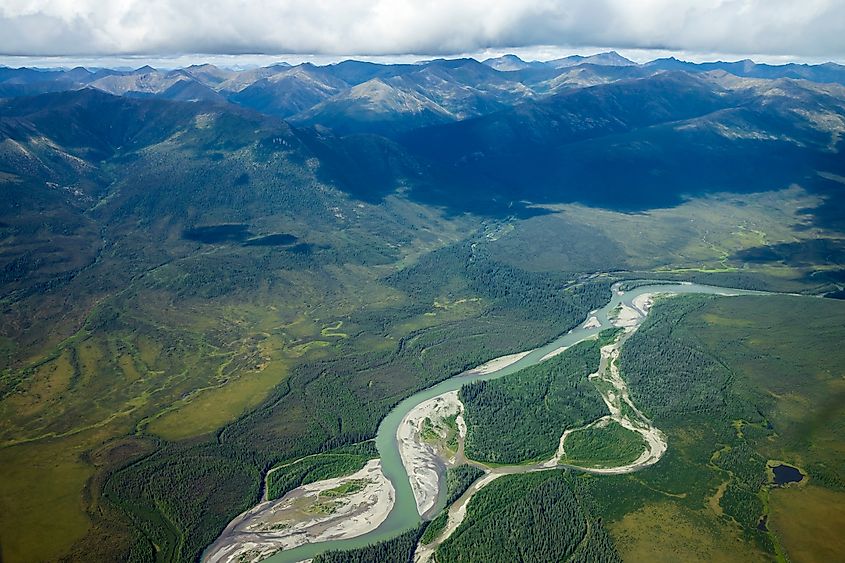
Landscape view of Gates of the Arctic National Park (Alaska), the least visited national park in the United States.
A true wilderness in every sense, Gates of the Arctic National Park is the northernmost park in the US and one of the most remote. Spanning 8.5 million acres, this untamed expanse is characterized by the rugged Brooks Range, winding rivers, and vast stretches of Arctic tundra.
Unlike many national parks, Gates of the Arctic has no roads, trails, or visitor centers. To explore its vast landscapes, visitors must travel by bush plane or embark on arduous multi-day treks. Those who make the journey are rewarded with unparalleled solitude and breathtaking natural beauty.
The park is also home to indigenous Alaskan communities that have lived off the land for thousands of years. The migration of caribou across the tundra remains a vital part of the region’s ecological and cultural fabric. In 2019, the National Park Foundation (NPF) supported an initiative bringing park rangers into classrooms near Fairbanks to educate students about Alaska’s national parks, helping them connect with these incredible landscapes before embarking on their own explorations.
Denali National Park & Preserve, Alaska—6.1 Million Acres

Denali National Park and Wonder lake with Mountain in background.
Dominated by the towering presence of Denali, North America’s tallest peak at 20,310 feet, Denali National Park is a land of stunning contrasts. Spanning 6.1 million acres, the park is home to boreal forests, glacial valleys, and vast tundra landscapes.
Denali is not only a paradise for mountaineers but also a haven for wildlife enthusiasts. The park shelters an abundance of animals, including wolves, grizzly bears, Dall sheep, and golden eagles. Unlike the remote nature of some of Alaska’s other parks, Denali is accessible via a single road that offers visitors a chance to witness breathtaking vistas and wildlife sightings.
Denali is also a leader in environmental conservation. As part of the Don’t Feed the Landfills initiative, the park significantly reduced its landfill waste in 2020 through increased recycling and composting efforts. These initiatives ensure that Denali remains pristine for future generations.
Katmai National Park & Preserve, Alaska—4.3 Million Acres

Brown bear stands in the water, Katmai National Park, Alaska, USA.
For those fascinated by wildlife, Katmai National Park is one of the most extraordinary places on Earth. Spanning 4.3 million acres, Katmai is best known for its dense population of brown bears, which gather in droves to fish for salmon in the Brooks River. These bear-filled landscapes have made the park famous worldwide, attracting photographers and nature lovers eager to witness the spectacle.
Beyond its bears, Katmai is home to the Valley of Ten Thousand Smokes, an eerie and otherworldly landscape formed by a massive volcanic eruption in 1912. The eruption blanketed the valley in ash and reshaped the region into a stark, dramatic terrain.
Adventure seekers can explore the park’s vast backcountry, paddle along its rivers, or take in its surreal volcanic landscapes. Whether you're watching a grizzly bear swipe a salmon from a rushing stream or hiking through a volcanic wasteland, Katmai is an unforgettable experience.
Glacier Bay National Park & Preserve—3.3 million acres
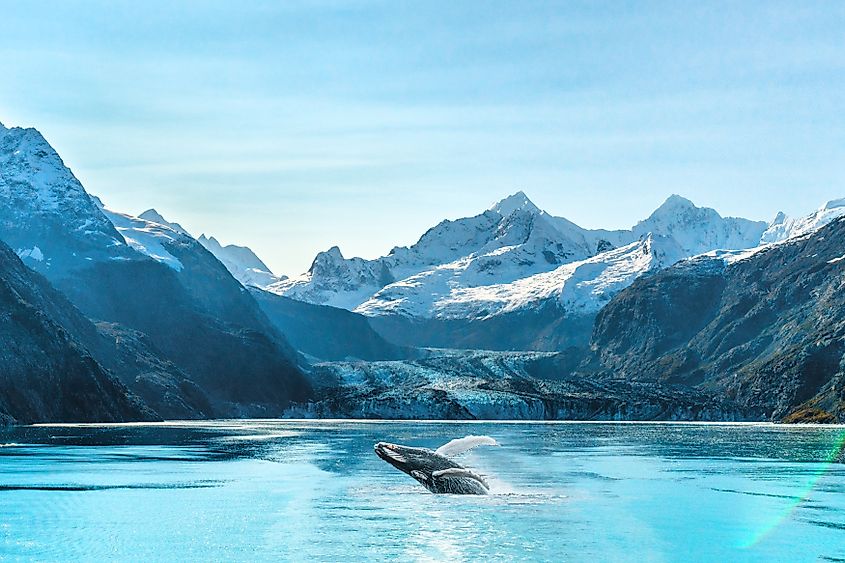
A crown jewel of the Alaskan wilderness, Glacier Bay National Park is a realm of ice and water. Covering 3.3 million acres, the park is home to towering tidewater glaciers, snow-capped peaks, and deep fjords.
The park’s most famous feature is its glaciers, which calve massive icebergs into the frigid waters below. Glacier Bay is also a hotspot for marine wildlife, with humpback whales, sea otters, and harbor seals making their home in the icy waters.
In 2020, the National Park Foundation collaborated with the Conservation Fund, Hoonah Indian Association, and the National Park Service to protect a 150-acre cultural site within the park, ensuring the preservation of the land sacred to the Huna Tlingit people.
Visitors can explore Glacier Bay by boat, kayak through its fjords, or hike its rugged trails. Whether you’re witnessing a glacier’s dramatic collapse into the sea or paddling past ancient ice formations, Glacier Bay offers an awe-inspiring glimpse into the power of nature.
A World of Wild Beauty
America’s biggest national parks aren’t just massive—they’re alive with stories, history, and some of the most breathtaking landscapes on Earth. Whether it’s watching grizzlies fish in Katmai, standing in the shadow of Denali, or hearing the crack of a glacier in Wrangell-St. Elias, these places remind us how wild and powerful nature still is. Exploring them is a privilege, but it’s also a reminder that they need protecting. The best way to honor them? Experience them, respect them, and help ensure they stay wild for generations to come.
